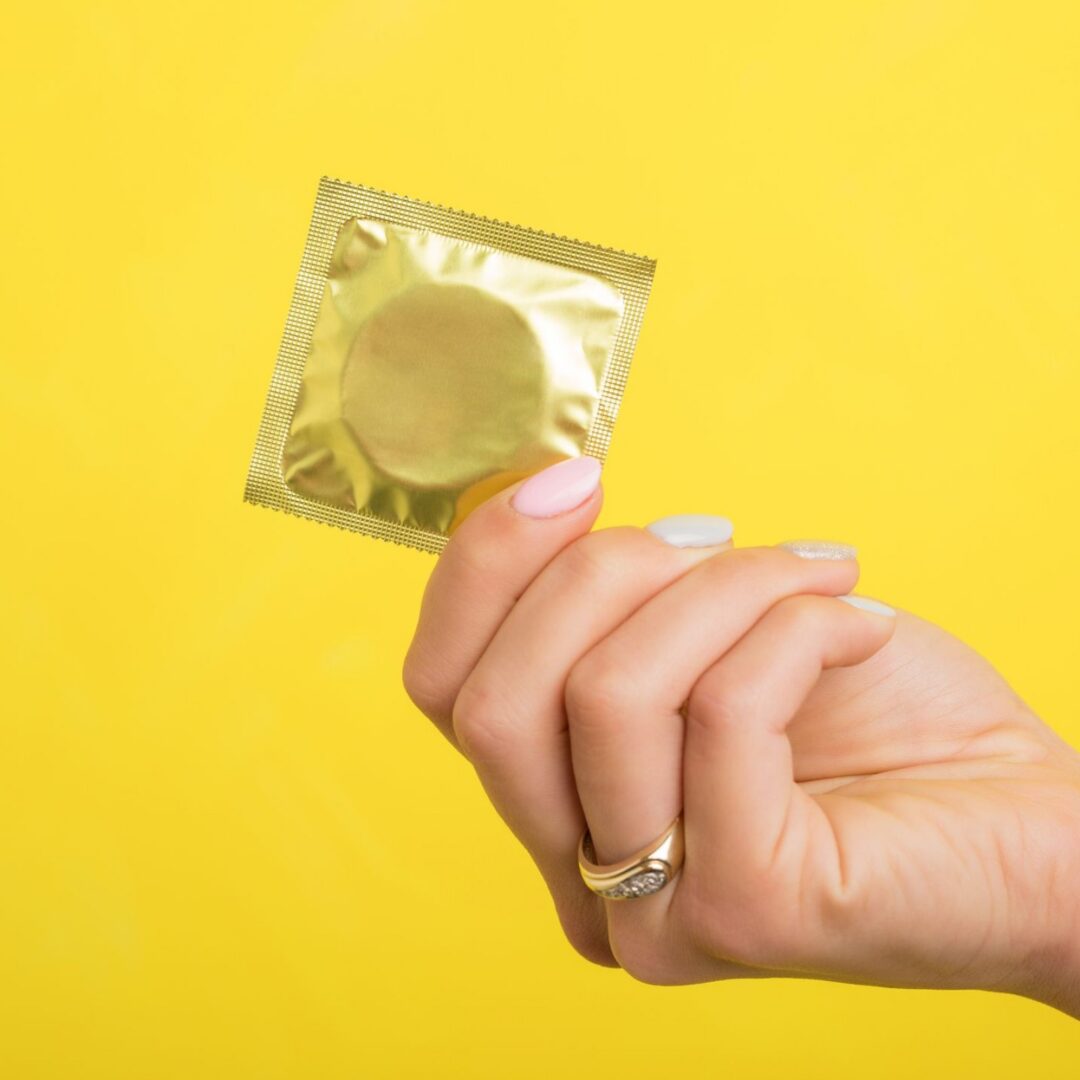Search by Color or Cause


Every year from February 14-21, observe National Condom Week. This is a great time to learn more about the importance of using condoms and other barrier methods and to educate others about condom use. Everyone deserves to have a worry-free and healthy sex life. The awareness color for National Condom Week is red for Valentine’s Day. Wear a red enamel awareness pin, red fabric ribbon, or red silicone awareness bracelet wristband for National Condom Week.
Condoms are the only form of birth control that also prevents sexually transmitted infections (STIs). There are many varieties of condoms. These include latex, plastic, and ribbed, for example, to meet the needs of you and your partner. Other great options include barrier methods, like internal condoms, diaphragms, or dental dams. One important thing to note, however, is that while the majority of condoms and barrier methods prevent the spread of STIs, lambskin condoms and diaphragms do not. The best choice for both protection from STIs and unintended pregnancy is a plastic or latex condom.
You may be surprised to learn that there are actually five steps to ensuring proper condom use. The first steps start with healthy communication. And, make sure everyone has consent. Finally, double check that the condom is not expired or damaged. It’s also important to know that using oil-based lubricants can damage condoms and cause them to break. Try using a water or silicone-based lube instead!
Do not store a condom in a wallet or car. This is because heat and friction decrease a condoms’ effectiveness. Also, do not reuse condoms. Discarded a condom if not properly applied.
Consistent and correct use of latex condoms reduces the risk of STIs and Human Immunodeficiency Virus (HIV) transmission. And while condoms do offer great protection against STIs, they are not 100 percent effective. Get tested for STIs each year or before engaging with a new sex partner. Studies show that condoms are 98% effective if used correctly each time. Condoms not only help protect against STIs. In addition, they also help protect against pregnancies. They help other methods of birth control work better, as well.
Condoms can make sex safer by significantly reducing the risk of sexually transmitted infections (STIs) and unintended pregnancy. When used consistently and correctly, condoms create a barrier that can prevent the transmission of STIs and the exchange of body fluids. This can reduce the risk of infection and prevent pregnancy.
It’s important to use condoms correctly and consistently in order to maximize their effectiveness. Incorrect use, such as using a condom that is too old or not storing it properly, can reduce the effectiveness of condoms. Additionally, some STIs, such as herpes and human papillomavirus (HPV), can be transmitted through skin-to-skin contact. For this reason, condoms may not provide complete protection.
The best way to prevent STIs is to not have sexual intercourse. This, however, is not realistic for most. Therefore, knowledge of prevention is the second-best option. To prevent the transmission of STIs, people should know how to effectively use condoms. The Centers for Disease Control and Prevention (CDC), outlines the steps on their website https://www.cdc.gov/condomeffectiveness/male-condom-use.html
Using condoms is a form of self-care, community-care, and a way to contribute to public health. Everyone has the right to make important decisions about their own sexual health. When we have open and honest conversations about our needs, we can make sure we have healthy and enjoyable experiences. Make sure you’re communicating and engaging in an open dialogue about safe sex practices this National Condom Week and beyond.